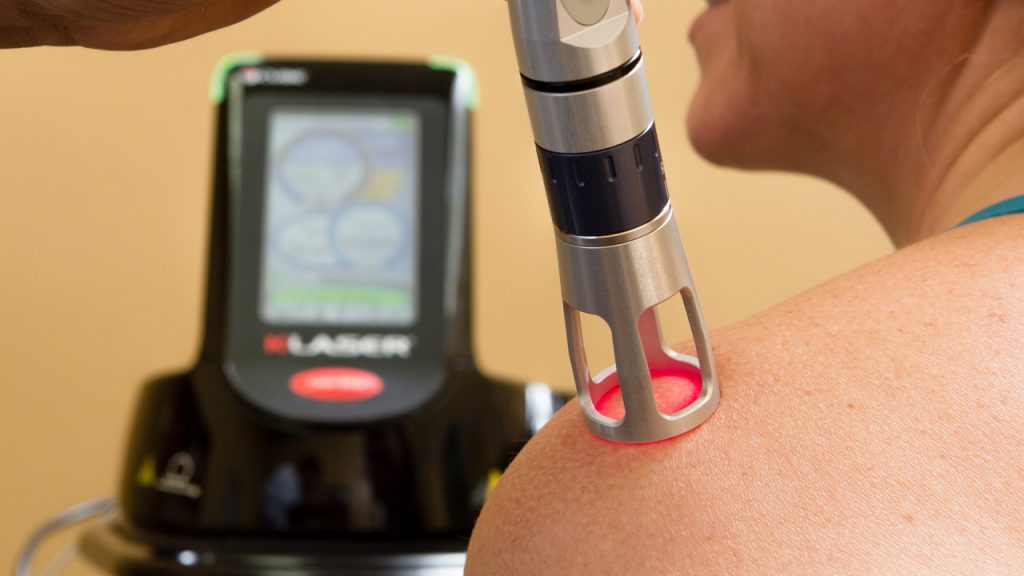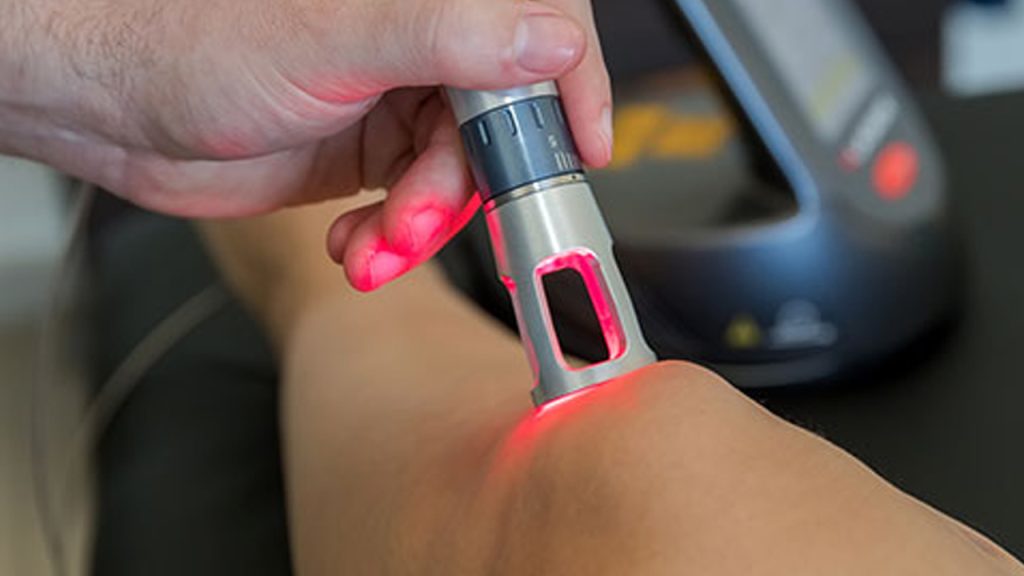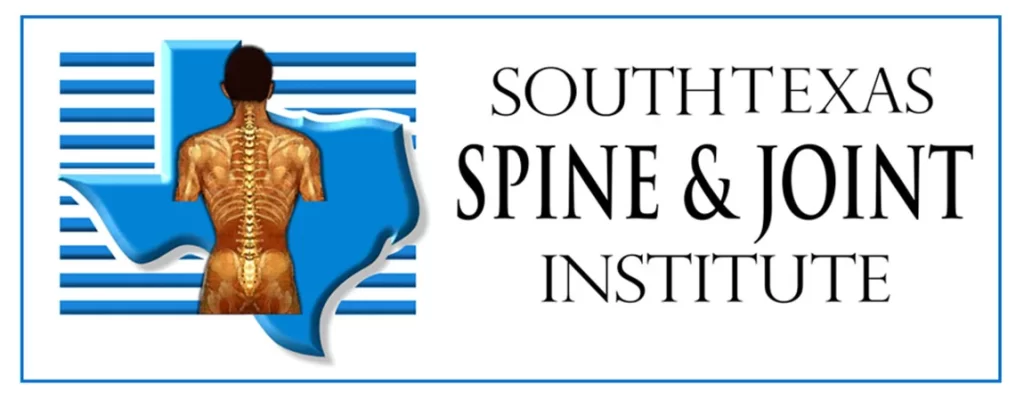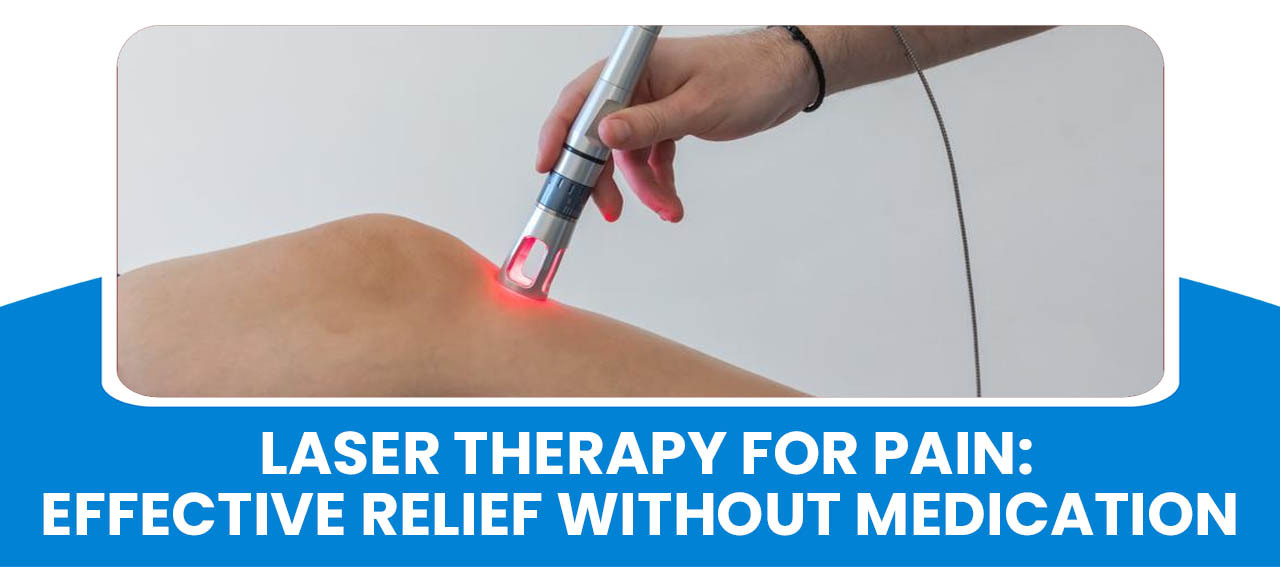Introduction
Laser therapy for pain offers a non-invasive and drug-free approach to managing various types of pain conditions. Dating back to the late 20th century, laser therapy has been gradually gaining recognition in pain management, with its roots stemming from advancements in medical technology. In today’s healthcare landscape, where concerns about opioid addiction and the side effects of pain medications are prevalent, exploring alternative pain relief methods like laser therapy has become increasingly important. By delving into the realm of laser therapy for pain, individuals can discover safe and effective options to alleviate their discomfort and enhance their overall quality of life.
Understanding Laser Therapy
Definition And Mechanism Of Action
- Laser therapy for pain involves the application of low-level laser light to targeted areas of the body, penetrating deep into tissues to stimulate cellular activity and promote healing.
- The mechanism of action behind laser therapy, known as photobiomodulation, triggers biochemical changes within cells, leading to increased cellular metabolism, improved circulation, and reduced inflammation.
- This process helps alleviate pain by blocking pain signals, promoting tissue repair, and enhancing the body’s natural healing mechanisms.

Types Of Lasers Used In Pain Management
- Various types of lasers are utilized in pain management, each with specific wavelengths and properties suited for different therapeutic purposes.
- Cold lasers, also referred to as low-level lasers, are commonly used for superficial tissue treatment and are safe for use on the skin.
- High-power lasers penetrate deeper into tissues, making them effective for treating musculoskeletal conditions such as arthritis, tendonitis, and sports injuries.
Conditions Treated With Laser Therapy For Pain
- Laser therapy for pain is versatile and can effectively treat a wide range of conditions, including, but not limited to:
- Musculoskeletal pain: back pain, neck pain, joint pain, and muscle strains.
- Neuropathic pain: peripheral neuropathy, diabetic neuropathy, and nerve-related pain syndromes.
- Inflammatory conditions: arthritis, bursitis, and tendonitis.
- Soft tissue injuries: sprains, strains, and ligament injuries.
- Laser therapy can provide significant relief for individuals suffering from chronic pain conditions, offering a non-invasive and drug-free alternative to traditional pain management approaches.
Benefits Of Laser Therapy For Pain
Pain Relief Without Medication
- Laser therapy offers a drug-free approach to pain management, providing relief from discomfort without the need for pharmaceuticals.
- This can be particularly beneficial for individuals who prefer to avoid medications due to concerns about side effects or interactions.
- By targeting the underlying cause of pain at the cellular level, therapy addresses pain directly, offering long-lasting relief without the need for ongoing medication.
Non-Invasive And Safe Procedure
- Laser therapy is a non-invasive procedure that does not require incisions or injections, minimizing the risk of complications and reducing downtime.
- The treatment is performed using a handheld device that emits low-level laser light, which is applied directly to the skin in the affected area.
- Since laser therapy does not involve surgery or anesthesia, it is considered a safe and well-tolerated option for individuals seeking pain relief without the risks associated with invasive procedures.

Reduction Of Inflammation And Promotion Of Tissue Healing
- One of the key benefits of laser therapy for pain is its ability to reduce inflammation and promote tissue healing.
- By stimulating cellular activity and increasing circulation, laser therapy helps reduce swelling, inflammation, and pain associated with acute and chronic injuries.
- Additionally, laser therapy enhances the body’s natural healing processes, accelerating tissue repair and regeneration and promoting faster recovery from injuries and surgeries.
- This makes laser therapy an effective option for individuals recovering from sports injuries, surgeries, or other musculoskeletal conditions, allowing them to return to their normal activities more quickly and with less discomfort.
How Laser Therapy Works
Targeted Approach To Pain Relief
- Laser therapy for pain takes a targeted approach to alleviate discomfort by focusing on specific areas of the body experiencing pain or inflammation.
- Using a handheld device, low-level laser light is directed precisely to the affected area, allowing for precise treatment and optimal therapeutic effects.
- This targeted approach ensures that the therapeutic energy is delivered directly to the source of pain, maximizing the effectiveness of the treatment and minimizing the risk of side effects.
Stimulation Of Cellular Repair Processes
- One of the key mechanisms behind laser therapy is its ability to stimulate cellular repair processes within the body.
- Cells absorb the low-level laser light deep into tissues, initiating a series of biochemical reactions.
- These reactions increase cellular metabolism, leading to enhanced energy production and accelerated tissue repair and regeneration.
- As a result, damaged tissues can heal more quickly, reducing pain and inflammation and promoting overall recovery.
Improvement Of Blood Circulation And Oxygenation In Affected Areas
- Laser therapy also works by improving blood circulation and oxygenation in the affected areas, further contributing to pain relief and tissue healing.
- The therapeutic light energy helps dilate blood vessels, increasing blood flow to the treated area and delivering oxygen and nutrients to cells more efficiently.
- Improved circulation helps remove metabolic waste products and toxins from tissues, reducing inflammation and promoting a faster healing response.
- By enhancing blood flow and oxygenation, laser therapy facilitates the body’s natural healing processes, allowing for faster recovery from injuries and reducing the risk of complications.

Considerations For Laser Therapy
Suitability For Different Types Of Pain Conditions
- Laser therapy is suitable for a wide range of conditions, including musculoskeletal pain, neuropathic pain, and inflammatory conditions.
- It can be used to effectively manage acute injuries, chronic conditions, and post-surgical pain, making it a versatile treatment option for various pain conditions.
- However, the suitability of therapy may vary depending on the specific nature and severity of the pain condition, as well as individual factors such as medical history and overall health.
Duration And Frequency Of Treatment Sessions
- The duration and frequency of laser therapy treatment sessions can vary depending on the severity of the pain condition and the individual’s response to treatment.
- Typically, laser therapy sessions last between 5 and 20 minutes, with multiple sessions scheduled for several weeks.
- A medical expert may ascertain the precise length of time and frequency of treatment based on variables like the treatment area’s dimensions and location, the necessary tissue penetration depth, and the intended therapeutic result.
Potential Side Effects And Contraindications
- While laser therapy for pain is generally considered safe and well-tolerated, it is important to be aware of potential side effects and contraindications.
- Common side effects may include mild discomfort or tingling sensations during treatment, which usually subside shortly after the session.
- In rare cases, individuals may experience temporary skin irritation or redness at the treatment site, although these side effects are typically mild and transient.
- Contraindications for laser therapy may include pregnancy, certain types of cancer, active infections, and photosensitivity disorders, among others. It is essential to consult with a healthcare professional to determine whether laser therapy is appropriate for your specific condition and medical history.
Illustration Of The Effectiveness Of Laser Therapy In Pain Management
Numerous clinical studies have demonstrated the effectiveness of laser therapy in pain management across various conditions. Research has shown that therapy can reduce pain intensity, improve functional outcomes, and enhance tissue healing in patients with musculoskeletal disorders, neuropathic pain, and inflammatory conditions. These findings highlight the potential of laser therapy as a safe and efficacious treatment option for individuals seeking relief from chronic pain.

Conclusion
Recap Of The Advantages Of Laser Therapy
- Laser therapy offers numerous advantages, including:
- Effective pain relief without medication.
- Non-invasive and safe procedure.
- Reduction of inflammation and promotion of tissue healing.
- Targeted approach to pain relief.
- Stimulation of cellular repair processes.
- Improvement of blood circulation and oxygenation in affected areas.
Encouragement For Individuals To Explore Laser Therapy As A Viable Option For Pain Relief
With its proven efficacy and minimal side effects, therapy presents a promising alternative for individuals seeking relief from chronic pain conditions. By considering laser therapy as part of their pain management plan, individuals can explore safe and effective treatment options that address the root cause of their pain and promote overall well-being.
Prospects And Developments In The Field Of Laser Therapy For Pain Management
The future of South Texas Spine & Joint Institute management holds exciting possibilities, with ongoing research and advancements aimed at enhancing treatment outcomes and expanding its applications. Emerging technologies, such as photobiomodulation therapy, may offer new insights into the mechanisms of action behind laser therapy and lead to further improvements in treatment efficacy. Additionally, the integration of laser therapy with other modalities, such as physical therapy and chiropractic care, may provide synergistic effects and optimize patient outcomes. As research in this field continues to evolve, the potential for laser therapy to revolutionize pain management and improve the lives of individuals with chronic pain remains promising.


No comment yet, add your voice below!